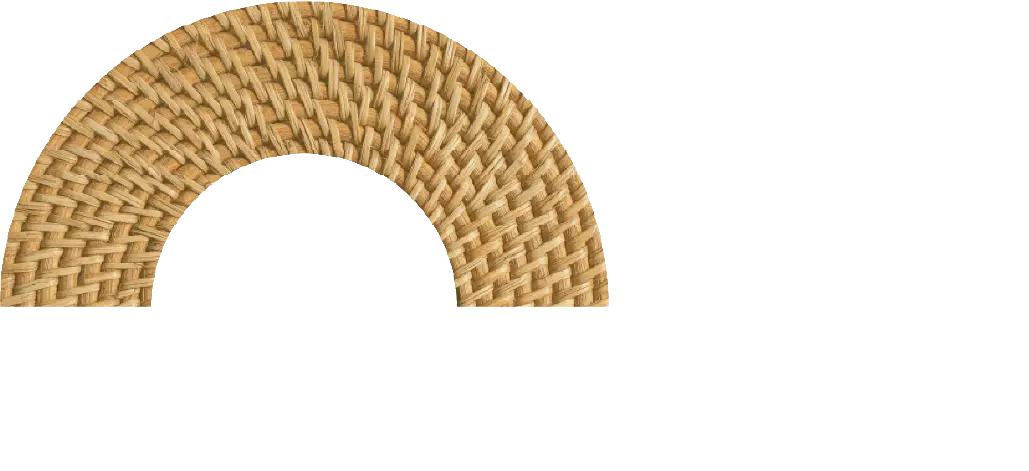CIRI and Alaska Earth Sciences (AES) developed and executed a community engagement campaign at the Tebughna School in the Native Village of Tyonek, Alaska. Four AES representatives, Michelle, Meredith, Aspen and Catherine, presented geology, extraction and energy development curriculum, including information related to CIRI and Laurus Energy’s potential underground coal gasification (UCG) project, to 28 students from kindergarten through the 8th grade on Thursday, May 20, during the afternoon school session. Local Tyonek contacts Brandy Standifer, the Behavioral Health Aide/Youth Advocate for the Native Village of Tyonek, and Don Frazer, the Tebughna School Principal, assisted with the development and implementation of the program.
CIRI and Laurus Energy’s UCG project, if built, will be located on CIRI lands on the west side of Cook Inlet. Because Tyonek is the town nearest to the UCG site and because many residents of Tyonek are CIRI shareholders, CIRI has been and will remain committed to open and thorough communication and engagement with Tyonek.
The engagement campaign curriculum was reorganized into classes for different age groups, and lessons were designed by the volunteers to be age-appropriate.
Kindergarten through 2nd grade
Michelle worked with 11 students in this age group and started with a poster describing the different applications of minerals people use every day. This presentation was followed with a rock and mineral display provided by Alaska Resource Education Fund. The display gives students the opportunity to see tangible examples of minerals and rocks that people use and encounter in their everyday lives as well as a discussion about what a geologist does. The “Paste with a Taste” exercise was next, which involved making toothpaste from calcium carbonate (Tums) and sodium bicarbonate (baking soda) to demonstrate the principle of minerals in use every day.
The next activity was “Mine a Cookie” which allowed the students to use their “tool” (toothpick) to extract “minerals” (dried fruit) from the “ground” (cookie). This exercise demonstrated how one project may result in multiple minerals or resources that can be extracted and how a geologist would sort and catalog the results.
The program closed with a book about mining and geology from the Magic Bus series and used the mineral display as a reference to bring the information together.
3rd to 5th grade
Meredith worked with 10 students in this grade range. The program started with a description of an agate. Agate is commonly found on beaches from Beluga to Tyonek and is something everyone in the class had looked for. Meredith used this to transition to “Jelly Belly Identification,” which is an exercise that uses an evaluation of color, spots and other features to try to identify the flavor of the jelly bean. Next, the group moved to the “My Rock” exercise, which involved rock identification using similar techniques learned in the jelly bean exercise. Finally, pairs of students received two rocks to describe. Using the description they developed, the rocks were referenced to a rock identification sheet. The group looked at minerals and discussed the rock cycle, including some specific discussions about UCG.
Junior High
Catherine and Aspen teamed up to work with the junior high students. Much of the focus with this group was on fossils and energy sources. They discussed energy sources, including the fact that coal is such a predominant energy source. Coal is ahead of oil and gas in the top five energy sources, though the students were surprised it was at the top of the list. They also talked about solar and wind power, which are also in the top five energy sources. The potential UCG project was discussed, including the methods used to extract the energy and the key issues to be aware of during the exploration and site selection phase of this type of project. Students were interested in having another session in the fall when they return to school.
Each of the sessions included a discussion about geology careers and what you do with a geology degree as well as questions about travel and salaries. Many questions were asked about resources in the Tyonek area and students were interested in and had good questions about subsistence, water and the in-situ gasification process.
The curriculum and the visit were positively received and the interaction with the students was enjoyable, with students receptive to learning about the information presented. CIRI and AES hope to participate again and have an opportunity to provide a project update during the upcoming academic year.



